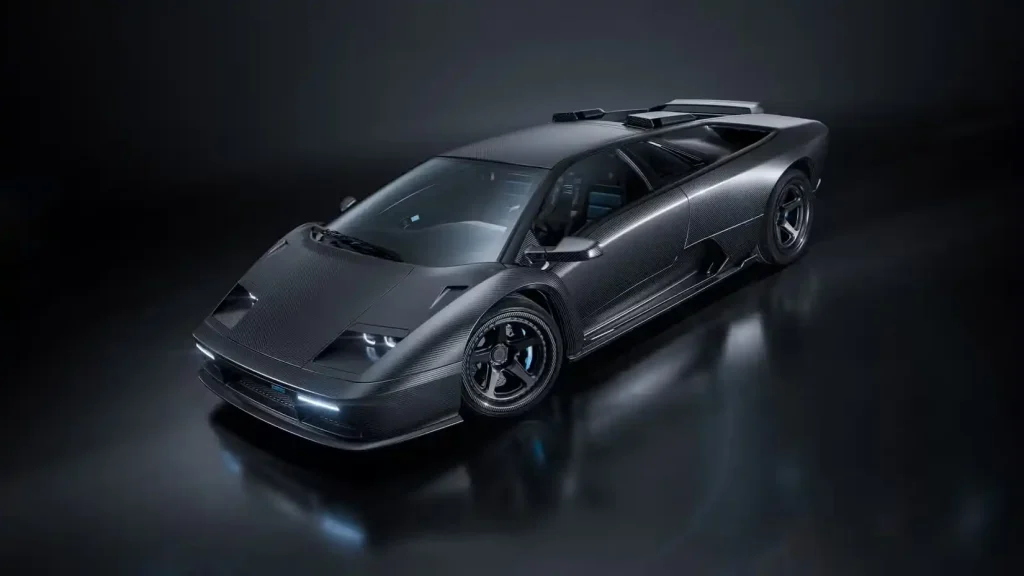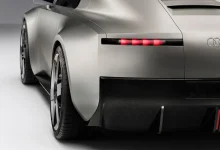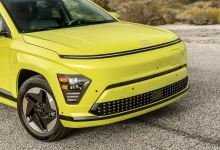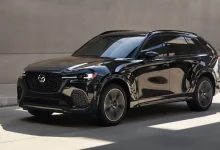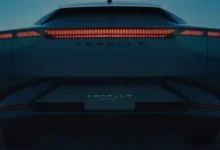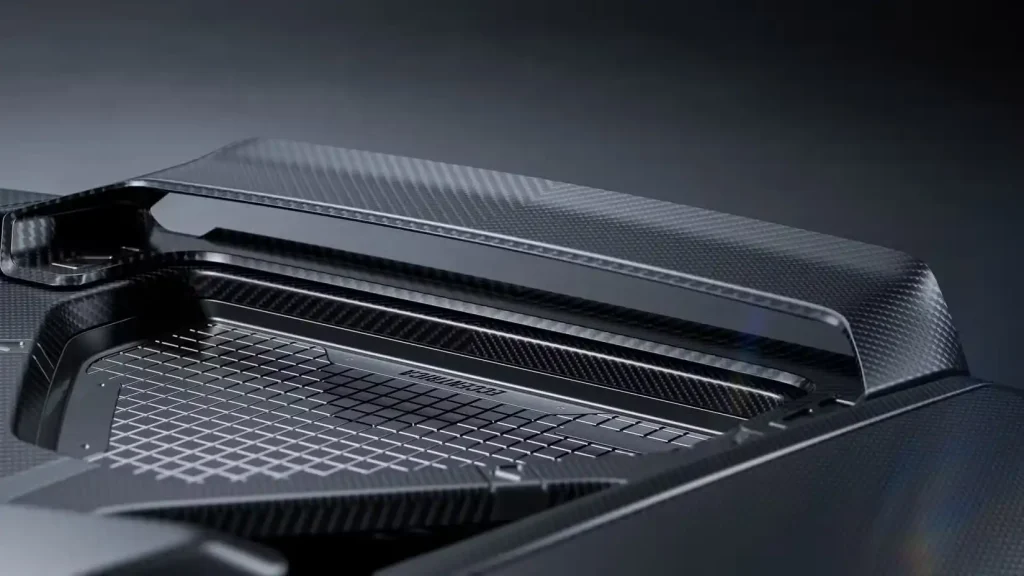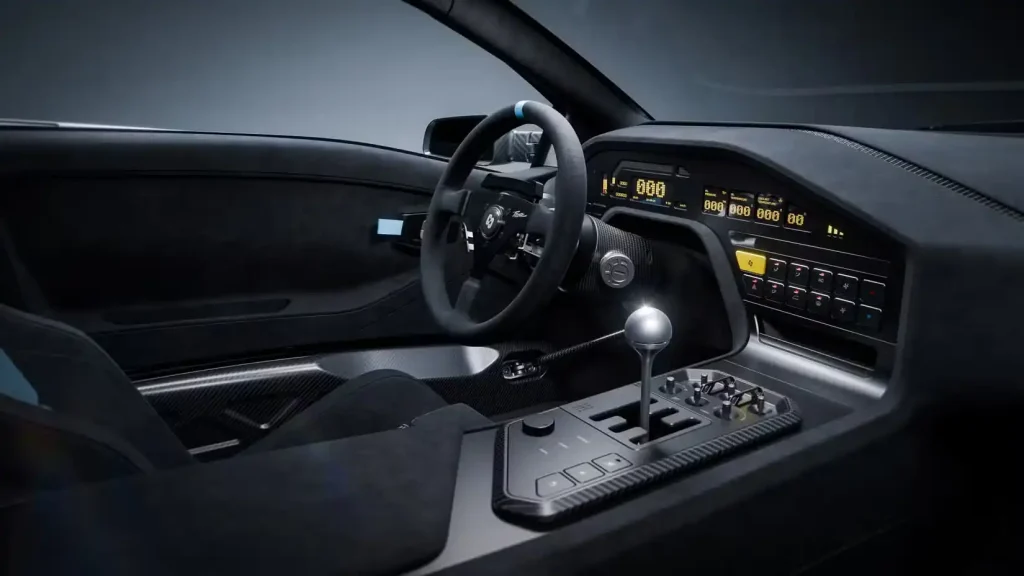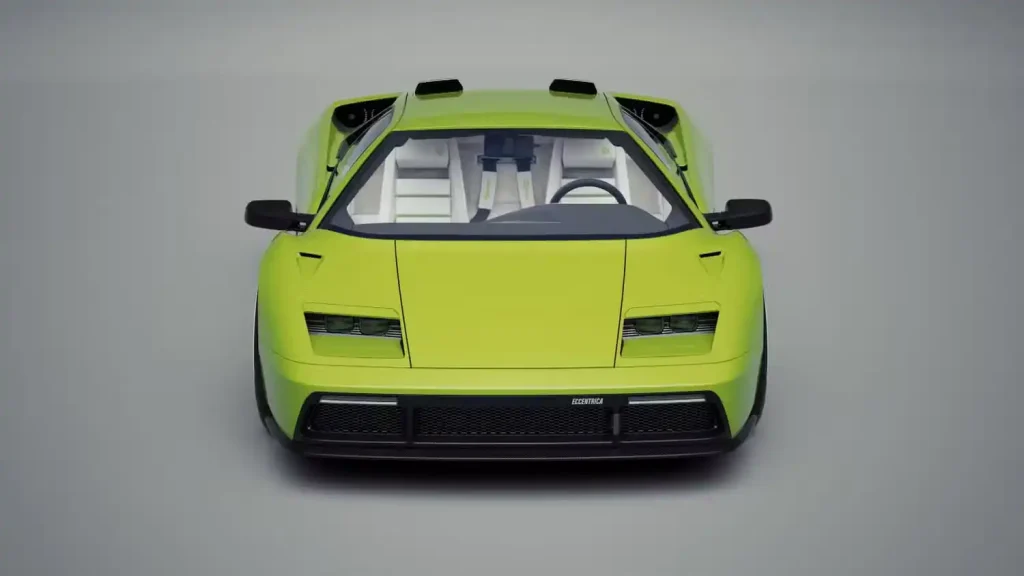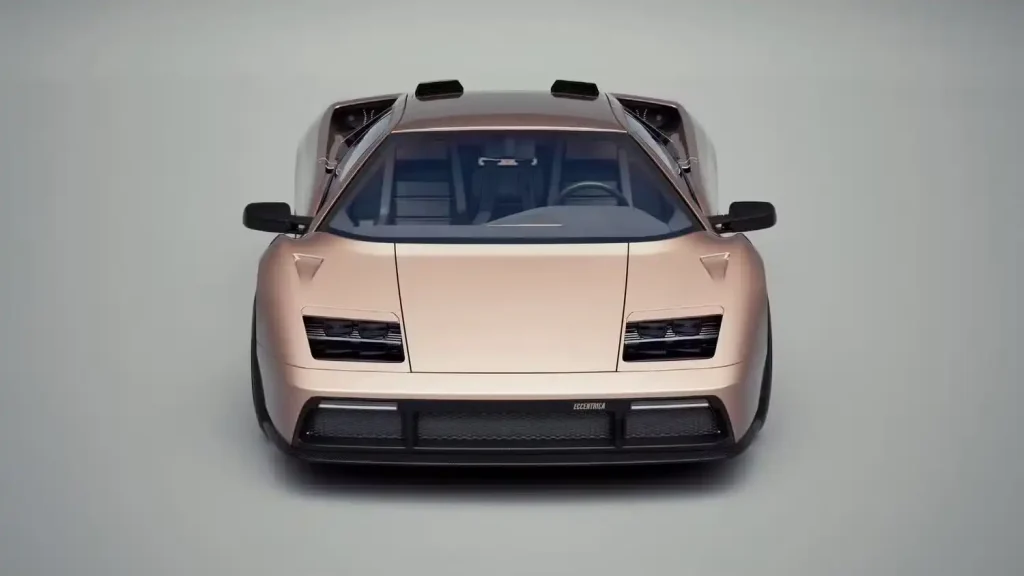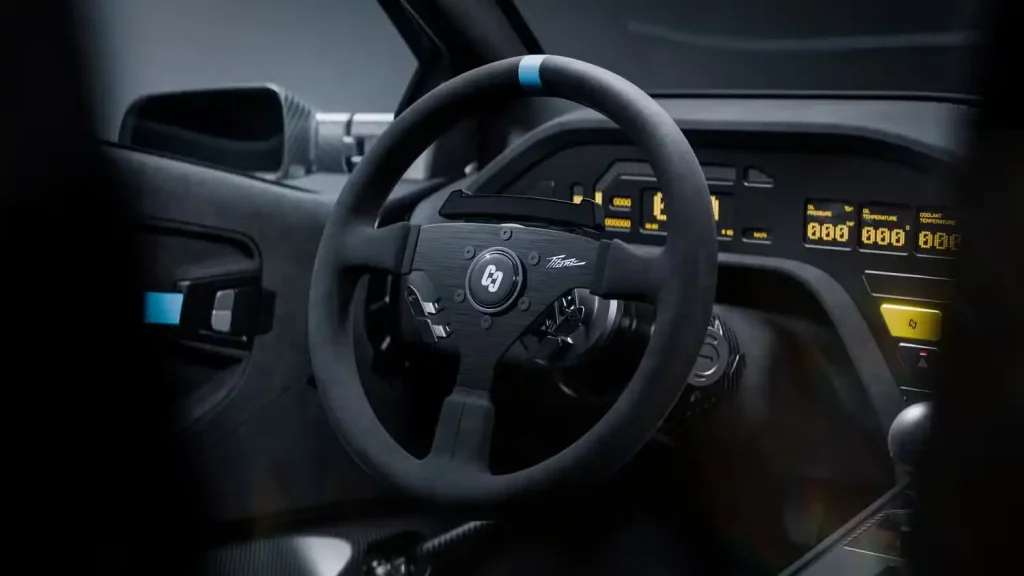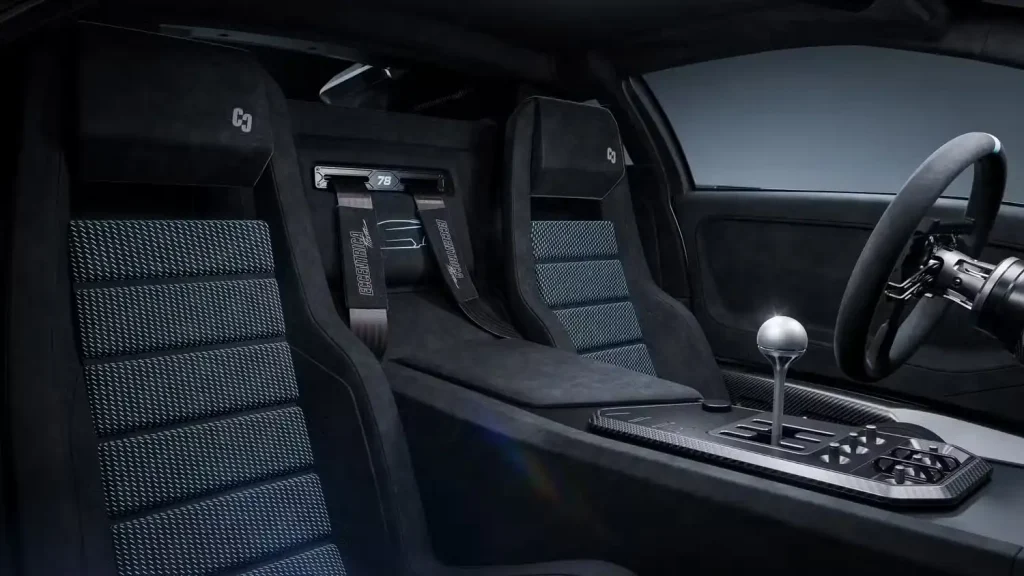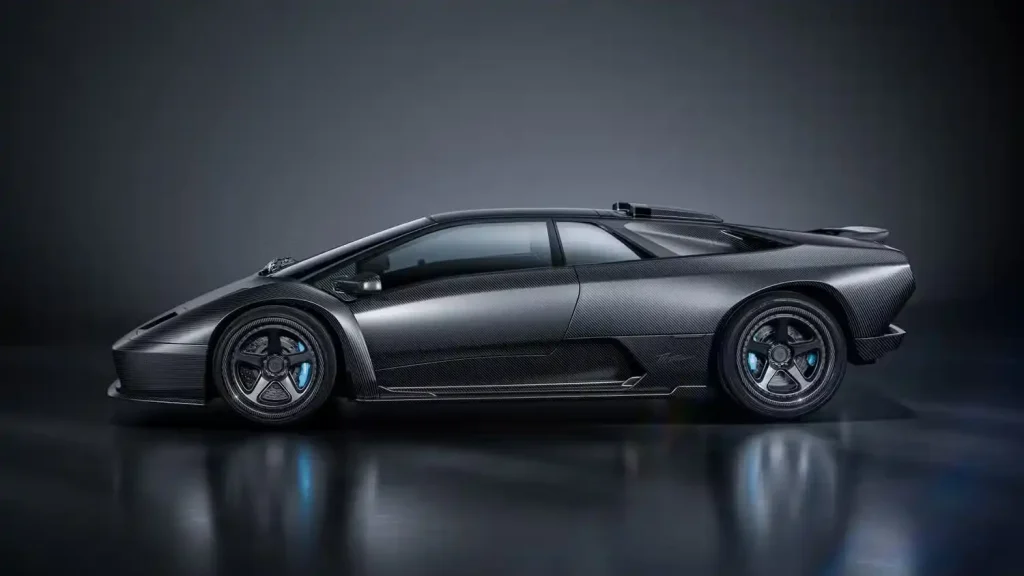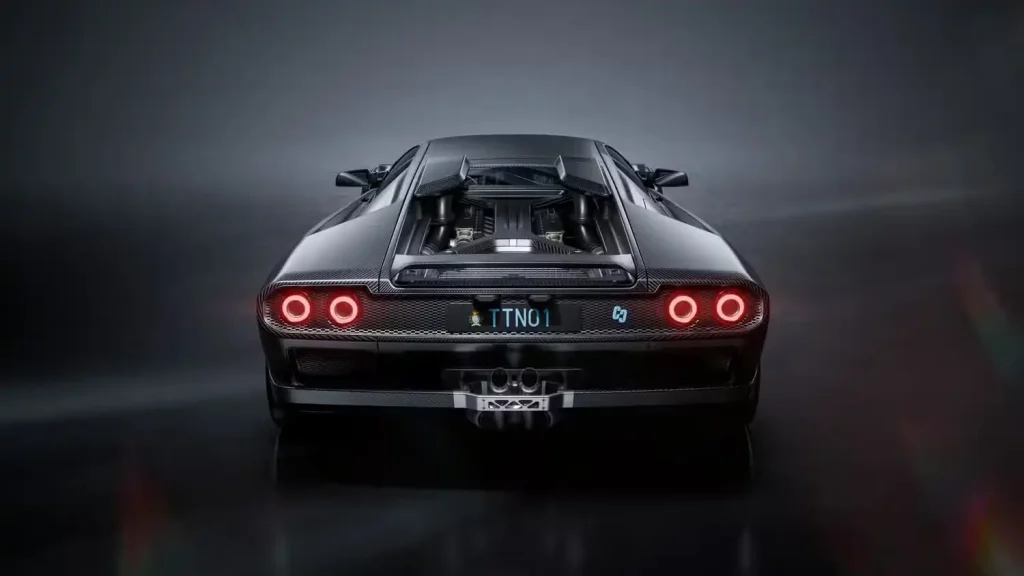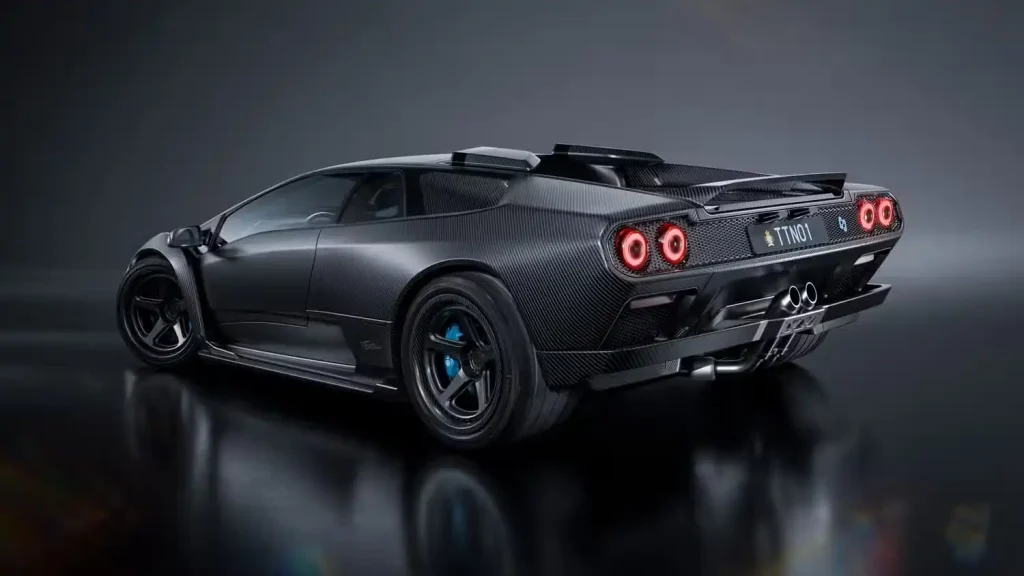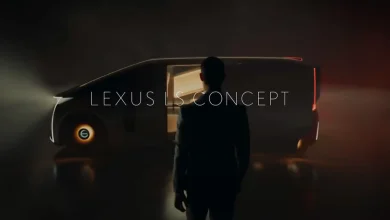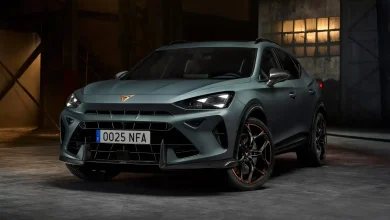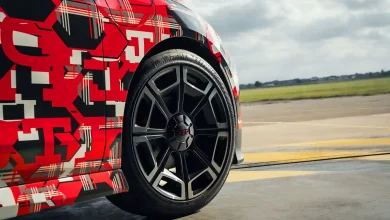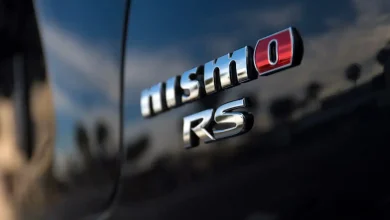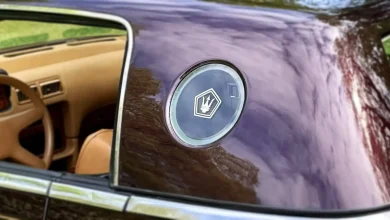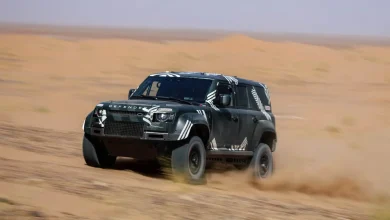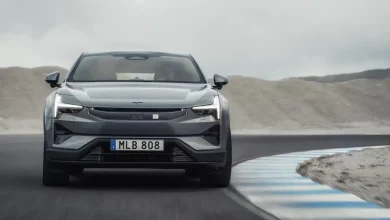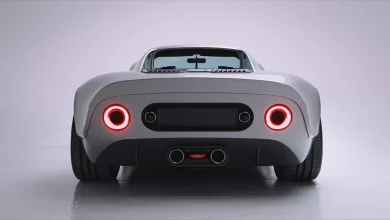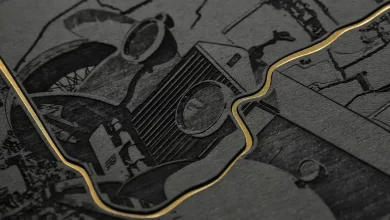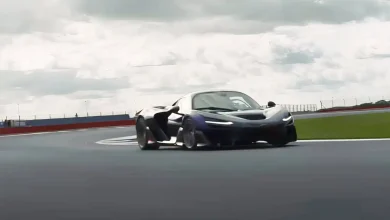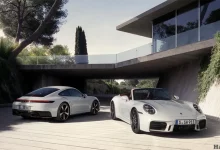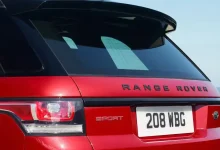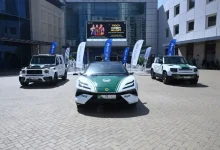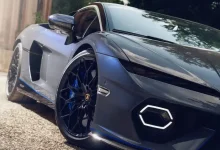Eccentrica V12 Diablo Restomod Makeover Steals Spotlight at Monterey
The Titano is set to be one of three exclusive special editions debuting at Monterey Car Week, featuring track-ready carbon fiber wheels and striking exposed carbon fiber body panels.
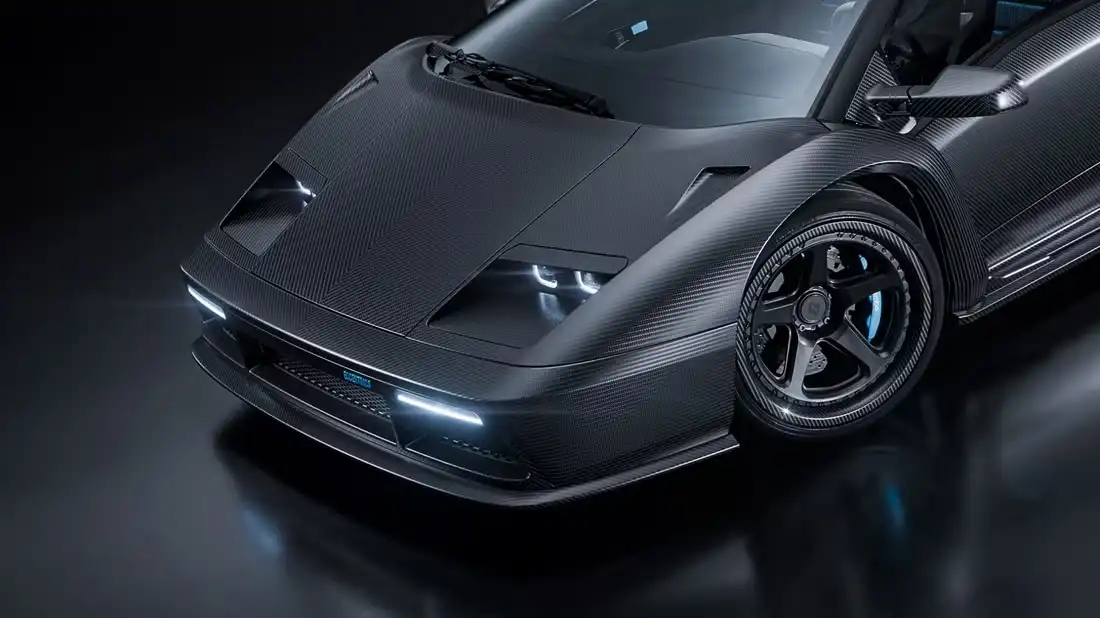
Eccentrica, the maker of the simply named V12, is set to unveil an even more extreme version of its Lamborghini Diablo restomod at Monterey Car Week. While it’s not the Murciélago successor many expected, excitement remains high. This special edition, called the Pacchetto Titano—Italian for “titan package”—features major upgrades designed to enhance track performance and driving dynamics. Its bold design strikes a unique balance, looking both futuristic and reminiscent of the neon-lit early 1990s. Debuting later this week, the Eccentrica V12 Pacchetto Titano promises to captivate performance enthusiasts—just be careful not to drool on its striking bodywork.
Carbon-Heavy Styling Pays Tribute to a ’90s Icon
Eccentrica proudly showcases the V12 Lambo’s carbon fiber construction with the Titano edition. Matte-finished exposed carbon covers nearly every surface, featuring a meticulous weave that aligns seamlessly across panels. The hood, roof, engine cover, and rear spoiler stand out with a distinctive chevron pattern. The two-piece, five-spoke wheels combine forged alloy centers with carbon fiber barrels, delivering 19-inch fronts and 20-inch rears that offer exceptional strength and rigidity while cutting weight. And as a bonus, they look absolutely stunning.
The Pacchetto Titano features a slightly larger fixed-profile carbon fiber spoiler, while Eccentrica has reworked the car’s aerodynamic components to boost downforce. Rather than adding oversized dive planes or massive rear wings, the redesign focuses on refining the front splitter, side skirts, and rear diffuser—maintaining the Diablo’s classic wedge silhouette. Despite the extensive exposed carbon fiber, the V12 Titano manages to retain an unexpectedly understated presence.
Taking the Scenic Route — Straight to the Track
The retuned Lamborghini V12 remains prominently displayed just behind the passenger compartment, now featuring a dedicated ECU map that sharpens throttle response compared to other Eccentricas. While Eccentrica hasn’t confirmed any power increase, the standard V12 restomod delivers 550 horsepower and 442 pound-feet of torque—surpassing every stock Diablo except the late-model 6.0 VT. To handle this power, the car is equipped with stiffer springs and recalibrated adaptive dampers, which Eccentrica says improve responsiveness and driver feedback without sacrificing comfort on everyday drives.
The cabin of the Eccentrica V12 Pacchetto Titano is tailored for track enthusiasts, featuring a black aluminum steering wheel wrapped in Alcantara with a vivid blue 12 o’clock marker. Faux suede microfiber covers the seat bolsters, while the seat centers showcase a unique rainfall-patterned fabric. The classic gated manual shifter remains, complemented by billet aluminum switchgear throughout the cabin. Adding to the car’s distinctive character are retro-inspired digital gauges—though unlike anything Lamborghini has ever offered, they perfectly capture the Eccentrica’s unique style.
“With the Pacchetto Titano, our goal was straightforward: to craft a package that truly enhances the driving experience without compromising the heart and soul of our car. This evolution confidently preserves the spirit of the original design while refining its focus and performance.”
–Eccentrica Founder Emanuel Colombini
The Eccentrica V12 Titano stands as the company’s most aggressive interpretation of its restomod formula. However, with each car being highly customizable, customers can choose to incorporate as many or as few of the upgrades as they wish. In addition to the Titano, Eccentrica will showcase two other V12 versions at Monterey Car Week—the “Green Dragon” and “Rose Phoenix”—offering plenty of inspiration for enthusiasts dreaming of their perfect Lamborghini Diablo build.
